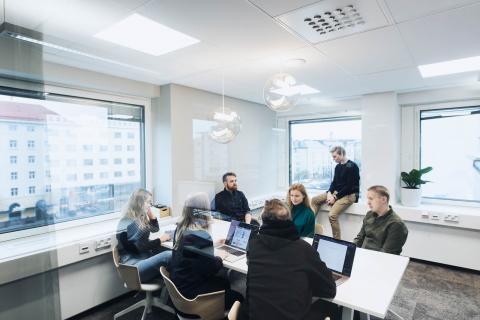Traditional vs. headless CMS
The traditional content management system loses to headless CMS in flexibility and scalability. In a traditional system, all content, images, texts, HTML, CSS are put in “one bin” and the contents are among the code. Therefore, no content can be used as one time and in one channel.
However, with the progress of digital platforms and environments, companies have a clear need to develop digital content across multiple channels at once. In addition to web pages, there are mobile sites, applications, display screens, various interactive user interfaces and more channels are constantly coming. Under the terms of a traditional content management system, the content of each channel should be built separately, since the system will only bend to website content management. Instead, in headless content management, the same content can be flexibly used in multiple channels.




